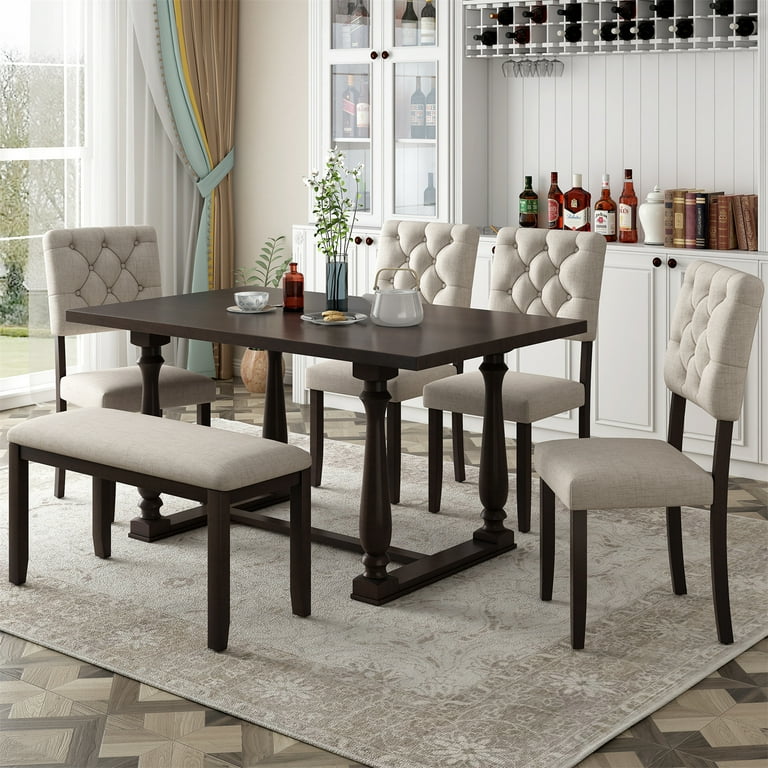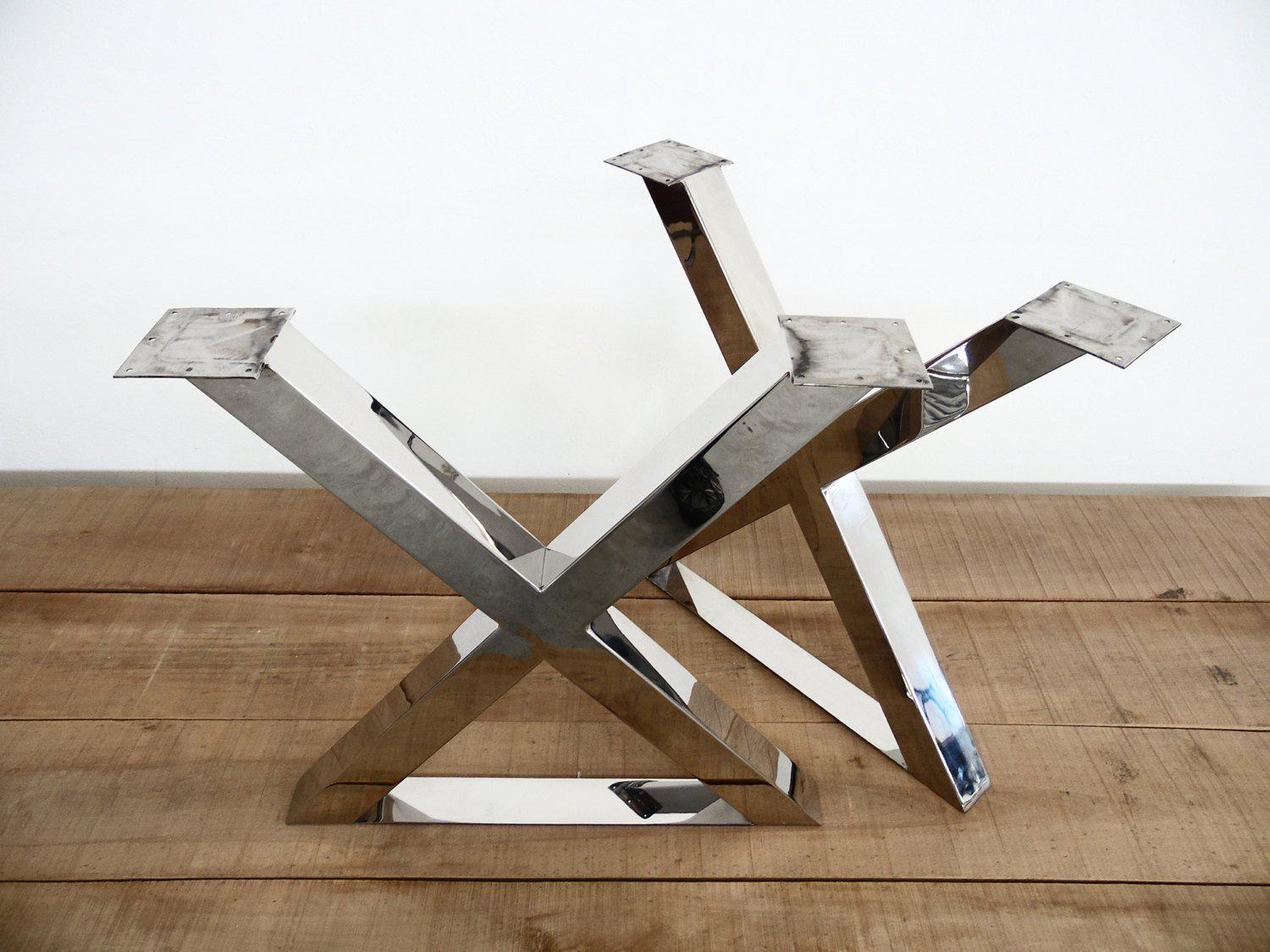Unique Dining Room Table Legs That Will Elevate Your Dining Area
Unique Dining Room Table Legs That Will Elevate Your Dining Area
Blog Article
Professional Tips for Installing Dining-room Table Legs for Optimum Security
When it comes to installing eating room table legs, attaining optimum stability is critical for both capability and appearances. What certain techniques can enhance stability also further?
Pick the Right Legs
When selecting the proper legs for your dining area table, it is necessary to take into consideration both performance and aesthetics. The legs you select will dramatically affect the general layout and security of the table. Evaluate the table's intended use; if you expect frequent events, stronger legs, such as those made from solid wood or steel, might be a lot more ideal, as they offer increased resilience and support.
Standard dining tables commonly vary from 28 to 30 inches in height, so make sure the legs line up with this standard for convenience. Tapered legs can add a contemporary touch, while transformed legs could share an extra traditional aesthetic.

Select Appropriate Equipment
How can the appropriate hardware boost the stability and long life of your dining area table? The selection of proper equipment is important to ensuring that the legs of your table are securely affixed and able to hold up against routine usage. Premium screws, screws, and brackets give the necessary stamina to sustain the weight of the table, as well as any type of added lots placed upon it during gatherings or meals.
When choosing screws, choose those made from long lasting materials such as stainless-steel or brass, which stand up to corrosion and preserve stability with time. The size of the screws is equally essential; they should pass through deeply right into the table's framework without endangering integrity. For bolted connections, think about utilizing lock washers to prevent loosening up because of vibration or motion.
Furthermore, utilizing corner braces can include additional support, specifically for larger tables or those with much heavier tops. These brackets disperse weight uniformly and aid maintain the table's form. Guaranteeing that the hardware you choose is suitable for the specific products of your table will certainly better boost its general stability and longevity, permitting you to enjoy your eating experience for several years to find.
Ensure Appropriate Alignment
Correct placement of dining-room table legs is vital for both aesthetic allure and functional security. Misaligned legs can bring about an irregular table top, which may not just be visually uninviting yet likewise endanger the table's functionality. To attain optimal placement, begin by determining the distance from the table's corners to the leg attachment factors. This ensures that each leg is located equidistant from the sides, developing a well balanced look.
Use a level throughout installation to confirm that each leg is vertical to the tabletop. It is suggested to note the desired leg settings on the underside of the table with a pencil or covering up tape prior to safeguarding them.
Furthermore, double-check the positioning after the initial screws are tightened up, as modifications might be necessary prior to fully securing the equipment. By focusing on correct placement, you not just improve the table's total layout yet also ensure that it remains stable and practical for several years to come.

Think About Weight Distribution
After making certain proper positioning of the dining room table legs, it is essential to think about weight circulation to boost stability and functionality. dining room table legs. Correct weight distribution is vital in protecting against making certain and tottering that the table can sustain its desired load without threat of tipping or breaking down
When placing the legs, ensure they are positioned at equal ranges from the facility he said of the table to evenly distribute the weight across the framework. Consider the weight of the table top and any things that will often relax on it, such as tabletop appliances or decorative pieces. Tables with much heavier surface areas need to preferably have legs located closer to the corners, as this maximizes the base of support and reduces the risk of instability.
Additionally, if the table is meant for use in a high-traffic area, think about making use of heavier products for the legs or including stabilizing components, such as cross-bracing or a reduced shelf - dining room table legs. These adjustments can help maintain balance and protect against moving throughout usage. Inevitably, a well-considered weight circulation strategy will significantly enhance the table's overall efficiency, guaranteeing it continues to be a attractive and useful focal point for your dining room
Test Security Before Usage
Examining the stability of the eating room table prior to usage is a vital step that should not be neglected. Making sure that the table is secure and protected can stop accidents and extend the life expectancy of the furnishings. Begin by using mild stress to numerous factors on the table surface area. Lower on the facility and after that along the edges, moving or observing any kind of wobbling. If the table shows instability, recognize the legs or joints that might call for adjustment.
Following, examine that all screws and fasteners are tightened appropriately. Loose connections can result in instability and prospective damages over time. If required, utilize timber glue on joints to enhance stability, making sure to permit sufficient drying out time.

Conclusion
In final thought, the installation of dining-room table legs needs cautious consideration of products, positioning, equipment, and weight distribution to accomplish maximum security. By selecting durable legs and top quality fasteners, ensuring accurate positioning, and dispersing see weight evenly, the structural integrity of the table can be considerably improved. Conducting a stability test before normal usage even more makes certain Your Domain Name that the table will withstand day-to-day pressures, therefore giving a reputable and safe eating experience.
When it comes to mounting dining space table legs, attaining optimum security is paramount for both performance and aesthetics. The legs you choose will significantly impact the total design and stability of the table (dining room table legs). Common dining tables generally range from 28 to 30 inches in elevation, so make certain the legs align with this requirement for comfort.Proper alignment of dining area table legs is essential for both visual allure and functional stability.In final thought, the setup of eating area table legs calls for mindful factor to consider of materials, positioning, hardware, and weight distribution to attain optimum stability
Report this page